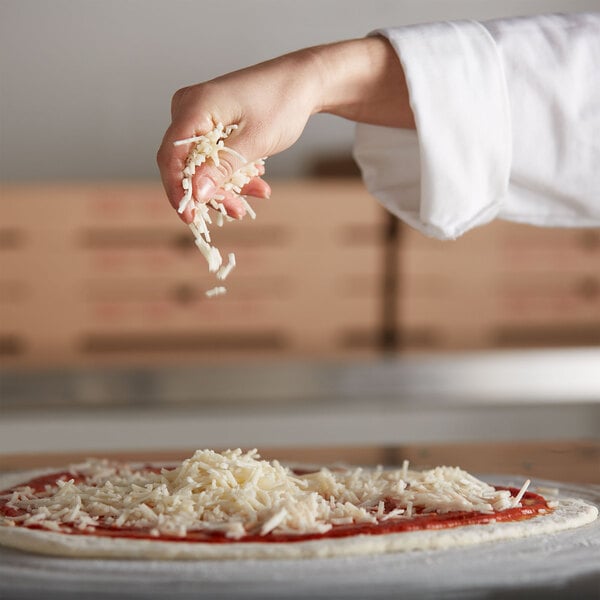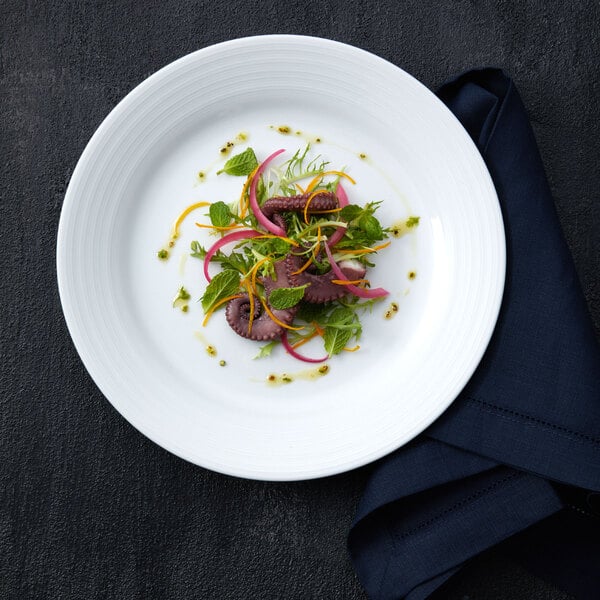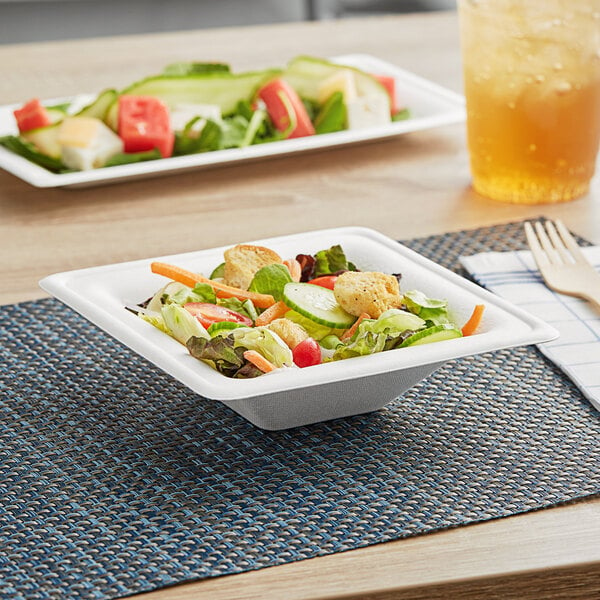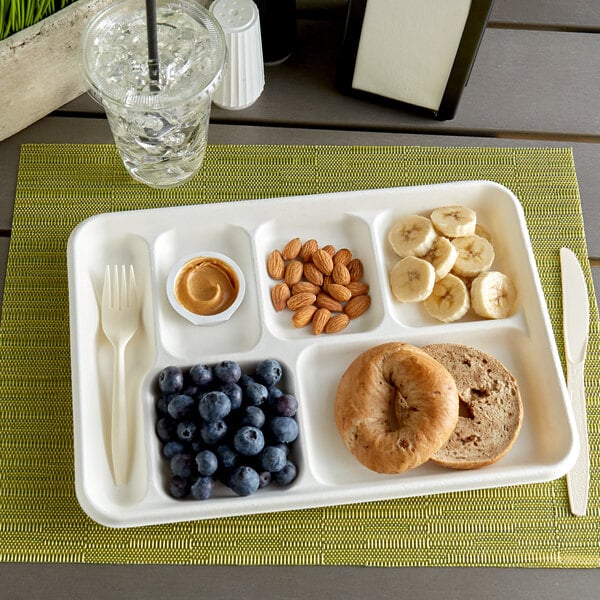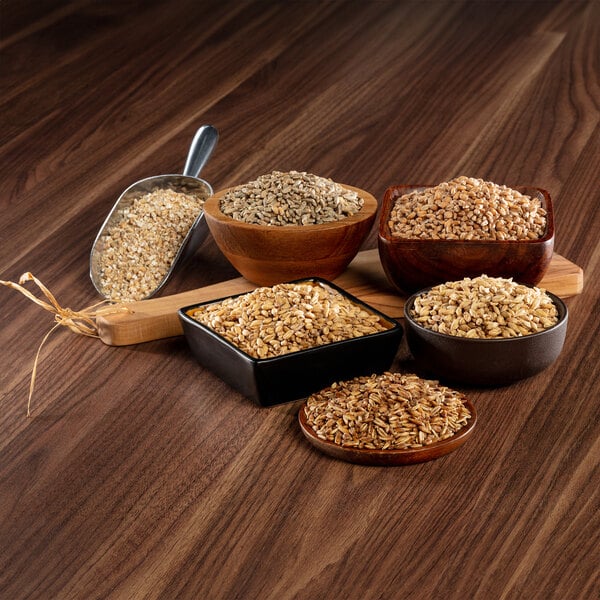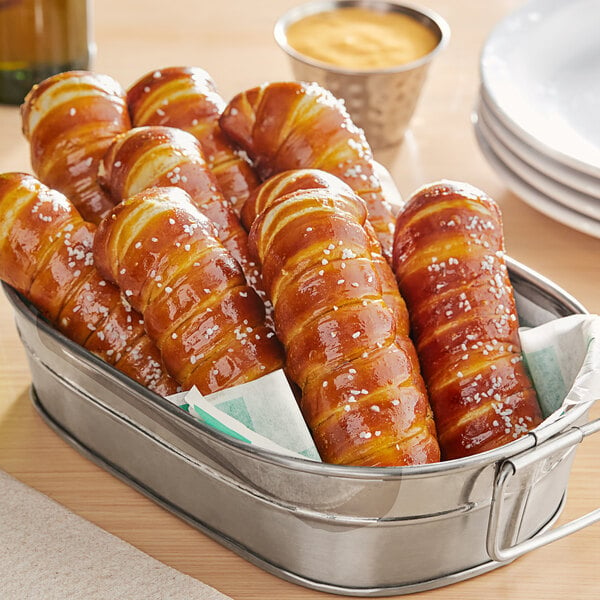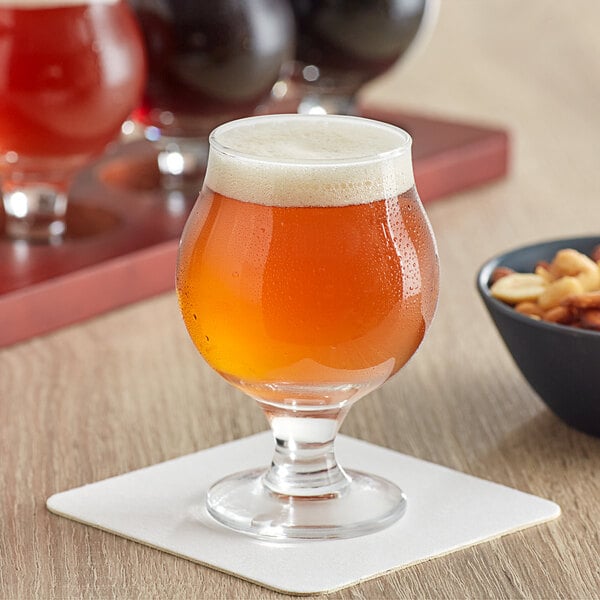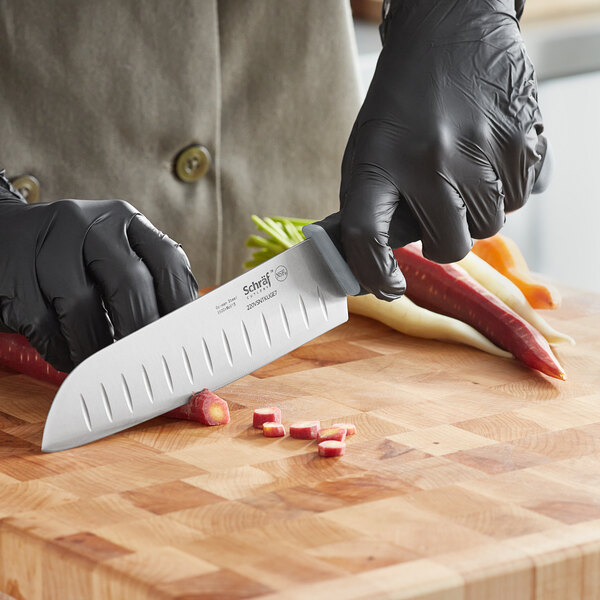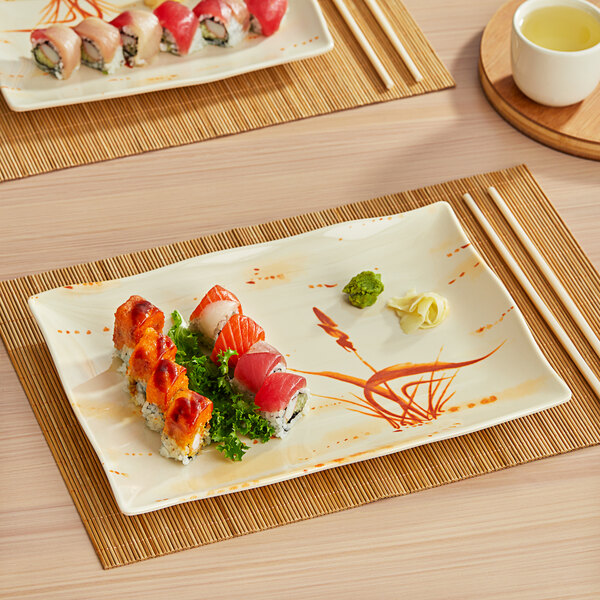French and Italian bread are both beloved staples in the culinary world. While varieties exist within each type of bread from either culture, French bread and Italian bread have certain characteristics that are attributed to their most traditional loaves. French bread is known for its crusty exterior and soft interior, often with an airy texture. On the other hand, Italian bread tends to have a thicker crust and a more dense crumb, making it ideal for dipping in olive oil or accompanying a hearty meal. Understanding the differences between these two popular bread varieties can help you choose the perfect option for your culinary creations. Shown here: French baguette compared to an Italian ciabatta. What Is French Bread? When it comes to French bread, most people think of the baguette. This iconic bread is characterized by its simple ingredients in the lean dough (dough without milk or eggs), typically consisting of flour, water, yeast, and salt. Traditional French bread often has a light, crispy crust and soft, pillowy interior. The simplicity of French bread makes it versatile and perfect for sandwiches, as a side for soups and salads, or simply enjoyed on its own. But French bread is not limited to baguettes. There are a variety of bread types that fall under French cuisine, from sweet brioche to rustic pain de campagne. Types of French Bread Each type of French bread offers a unique taste and texture, making it suitable for a wide range of culinary applications, from international breakfasts to hearty dinners. Baguette: The most iconic French bread, the baguette is a long, thin loaf that is typically around 2-3 inches in diameter and can range from 20 to 30 inches in length. This elongated shape allows for a larger crust-to-crumb ratio. Pain de Campagne: Also known as French country bread, pain de campagne is a rustic loaf made with a combination of white and whole wheat flour. It has a slightly chewy texture and a hearty flavor, making it a popular choice for artisanal bread lovers. Brioche: Brioche is a rich and buttery bread that is slightly sweet, thanks to the addition of eggs and sugar in the dough. It is often used for making decadent French toast, bread pudding, pastries, and desserts. Fougasse: Fougasse is a flatbread that is typically shaped like a leaf or an ear of wheat. It can be flavored with herbs, olives, or cheese, making it a flavorful and visually appealing option for serving alongside meals. Pain de Mie: Pain de mie is a soft and fine-textured bread that is similar to sandwich bread. It is ideal for making sandwiches, toast, and canapes due to its uniform shape and soft crumb. Pain Pave: Pave bread is a square-shaped bread that is made with a rich dough similar to brioche. It has a dense crumb and a slightly sweet flavor, making it a delicious choice for breakfast or as an accompaniment to cheese and charcuterie boards. What Does French Bread Taste Like? The flavor of French bread is subtle, with a mild yeastiness and a hint of sweetness. The minimalist approach of the lean dough allows the natural flavors of the wheat to shine through, resulting in a bread that is both simple and sophisticated. The use of high-quality flour is crucial in achieving the perfect balance of flavors in French bread. The taste of French bread can vary depending on the specific recipe and baking techniques used by the baker. How to Use French Bread French bread is a versatile staple in commercial kitchens and cafes. The crusty exterior and airy interior of a baguette make it perfect for bread baskets, continental breakfasts, and sandwiches like jambon-beurre (ham and butter on a baguette). French bread can also be sliced and used as a base for appetizers like canapes. Its neutral flavor profile allows it to complement a wide range of ingredients, making it a popular choice for both savory and sweet dishes. French bread is best enjoyed fresh, but can also be used to make croutons and breadcrumbs. What Is Italian Bread? Italian bread is characterized by its soft crust and denser interior, achieved through a long fermentation process that develops a deep flavor profile. The dough typically contains simple ingredients such as flour, water, yeast, salt, and sometimes olive oil. Italian bread normally has a chewy texture that comes from the high-gluten content in the flour used to make it. When possible, Italian bread is baked in flat stone ovens to give it a signature smoky flavor. Italian bread is versatile and can be shaped into various forms, making it suitable for sandwiches, dipping in olive oil, or serving alongside pasta dishes. The most popular type of Italian bread is the rustic ciabatta, characterized by its irregular shape and open crumb structure. Types of Italian Bread From the classic ciabatta to the aromatic focaccia, Italian bread is known for its quality ingredients and artisanal baking techniques. Here are some popular types of Italian bread: Ciabatta: Ciabatta is a rustic Italian bread known for its chewy texture. The dough is typically made with high hydration levels, resulting in a slightly tangy and sour flavor. Ciabatta is great for sandwiches, as its porous interior can hold various fillings without becoming soggy. Focaccia: Focaccia is a flat oven-baked bread that is popular in Italian cuisine. It is often topped with olive oil, salt, and herbs such as rosemary or garlic. Focaccia can be served as an appetizer, a side dish, or even as a base for sandwiches or pizza. Pane Pugliese: Pane Pugliese, also known as Pugliese bread, originates from the Puglia region of Italy. This bread is made with durum wheat flour, giving it a dense crumb and a slightly nutty flavor. Pane Pugliese is often enjoyed with olive oil or used to make bruschetta. Pane Siciliano: Pane Siciliano, or Sicilian bread, is a traditional Italian bread that is braided or shaped into a round loaf. It is made with semolina flour, giving it a golden crust and a hearty texture. Grissini: Grissini, also known as breadsticks, are long, thin sticks of Italian bread. These crispy breadsticks are made from dough that is rolled out and baked until golden brown. Grissini are a popular appetizer or snack in Italian cuisine and can be served with dips, cheeses, or cured meats. What Does Italian Bread Taste Like? Italian bread has a mild flavor profile that complements a wide range of dishes. The bread itself is not overly salty or sweet, making it versatile for pairing with ingredients such as cured meats like pancetta and prosciutto, cheeses, and spreads. Some varieties of Italian bread may have a slightly tangy flavor, which is often a result of using a pre-ferment such as a biga in the dough. This tanginess adds depth to the bread's flavor without overwhelming the palate. Some types of Italian bread can be fragrant, with a subtle aroma that enhances the overall eating experience. The aroma can vary depending on the specific type of Italian bread and any additional ingredients, such as herbs or garlic, that may be incorporated into the dough. How to Use Italian Bread Italian bread offers a range of uses beyond just being served as a side with pasta dishes. It is ideal for creating paninis, bruschetta, and crostini. Ciabatta can be sliced and toasted to make croutons for salads or breadcrumbs for breading. Additionally, it serves as a perfect base for creating garlic bread or as a vessel for preparing sandwiches filled with various meats, cheeses, and vegetables. Focaccia bread is used for dipping in olive oil and to create flavorful pizzas. Italian bread is a popular choice for restaurants, delis, and catering businesses looking to add a touch of Italian flair to their menu offerings. French Bread vs Italian Bread Whether you prefer the light and delicate nature of French bread or the hearty and robust flavor of Italian bread, both options offer delicious ways to elevate your dining experience. Below, we compare the most traditional types of French and Italian bread: Appearance: French bread typically has a long, slender shape with a crisp, golden crust. Italian bread is usually round or oval and has a browned crust that is often dusted with flour. Taste: French bread has a mild, neutral flavor while Italian bread tends to be aromatic and richer in flavor, thanks to the frequent use of olive oil and herbs. Ingredients: French bread is made with just four basic ingredients: flour, water, salt, and yeast. Italian bread may include additional ingredients like olive oil, sugar, and sometimes milk or eggs, giving it a more complex flavor profile. Crust and Crumb: The crust of French bread is thin and crunchy, providing a satisfying contrast to the soft interior crumb. Italian bread has a thicker, chewier crust that offers a hearty bite, while the crumb is denser and more substantial. Italian bread is often more tearable than French bread. Baking Technique: French bread is traditionally baked at a high temperature for a short time with steam injection in the process. Italian bread is often baked at a lower temperature for a longer period, in stone pizza ovens or directly on oven grills. Italian Bread vs French Bread FAQ These are some of the most popular questions when it comes to learning the difference between Italian bread and French bread: French Bread vs Baguette The term French bread and baguette are often used interchangeably, but there are key differences between the two. French bread encompasses a wide variety of traditional bread styles that originated in France, including baguettes, boules, and batards. Baguettes, specifically, are long and slender loaves with a crisp crust and a soft, airy interior. Which Bread Is Softer: French or Italian Bread? French bread has a softer interior when compared to Italian bread. While both can have a crisp exterior, French bread is light and pillowy, while Italian bread has a denser bite. Both French bread and Italian bread bring unique flavors and textures to the table, offering versatility in culinary applications. Whether you’re looking to serve a classic jambon-beurre sandwich or prepare unique pizzas on aromatic focaccia bread, there is a French or Italian bread that is perfect for your needs. Experimenting with these classic bread varieties can add a touch of European flair to any commercial kitchen's menu.
